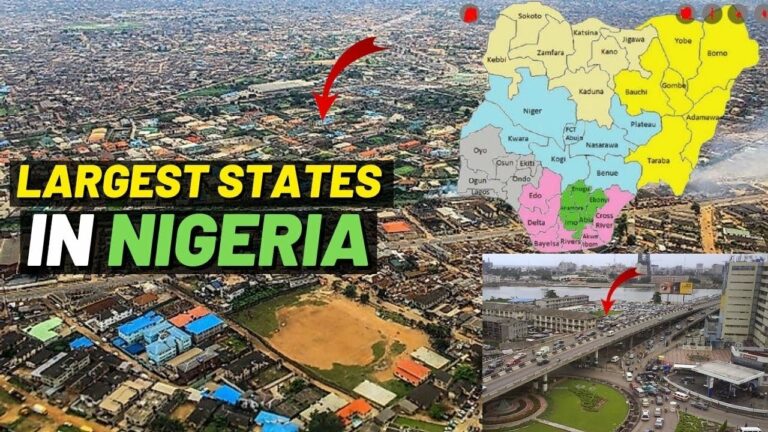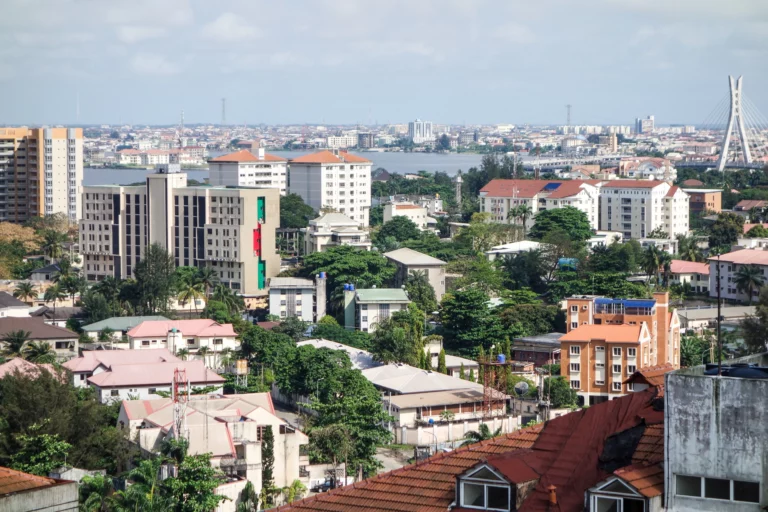Glossary of Land Types and Terminologies: Interesting Land Types You Should Know Of
In order to help you as an investor make better investment selections, it is crucial that you understand the distinctions between various land types and their respective economic worth. Here’s what you need to know about the glossary of land types and terminologies, sometimes referred to as biomes.
Land Types
Here is a list of some of the different land types that you, as an investor, might come across:
Tundra
The coldest land type is this one. Low temperatures, little precipitation, nutrient-poor vegetation, snow, and frost are all characteristics of the tundra.
Where the tundra is located, summers are typically brief, and even then, the ice doesn’t completely melt, leaving a layer of permafrost beneath the surface of the land. Lands in the tundra often have little commercial value unless they include natural minerals or nutrients.
Arctic and Alpine tundra, often known as perennial snow ice, are two different forms of tundra. Arctic tundra can be found close to the poles, whilst alpine tundra is found in mountain ranges above the tree line.
Grasslands
There are two different kinds of grasslands: tropical and temperate. Although it rains more in grasslands than in deserts, it doesn’t rain as much as in forests.
Savannas are another name for tropical grasslands, which are characterized by their proximity to the equator and perpetually high temperatures. In addition to South America, India, and Australia, they are mostly found in Africa.
Despite being distant from the equator, temperate grasslands can be found, among other places, in South Africa, Hungary, Russia, and Argentina. On these types of lands, agriculture is feasible, but only activities like ranching that require less rainfall are permitted.
Deserts
Deserts are dry lands. Due to the Earth’s land surface receiving less than 20 inches of rainfall annually, more than 20% of it is covered by deserts.
Four categories—hot, dry, coastal, and cold—are used to categorize deserts. Despite the widespread belief that deserts are hot, some deserts are actually frigid. There are also cold deserts, where snow is a common form of sporadic precipitation.
In the desert, fewer types of plants and animals can exist. The poor agricultural region, they are.
Agricultural Lands
Agricultural lands are used to cultivate crops and support farming, including the production of fruits, vegetables, cereals like wheat and barley, and other crops.
Additionally, they serve as pastures for cattle and horses as well as yards for other farm animals including pigs, lambs, and chickens.
Some plants might deplete the soil, thus it might need time to rebuild itself. Therefore, it is preferable to confirm a property’s zoning before purchasing it for agricultural purposes.
See Also: Land Banking and Why You Should Be Doing It
Wetlands
Marshes, swamps, bayous, and other regions with wide expanses of shallow water are considered wetlands. The surface of the soil is typically covered in marshy grasses and is frequently wet and flooded throughout the year.
They provide a habitat for numerous birds, fish, reptiles, and invertebrate species, including crabs. However, it’s crucial to be aware that wetlands are expensive to drain and difficult to develop. Typically, they are lousy investments.
Urban Lands
Urban Lands are environments that people live in and that humans have made. They are developed suburban areas where much of the land has been changed to accommodate human habitation.
Urban lands include areas that have been developed for residential, commercial, industrial, and other purposes. They are a wonderful option for investing in land because they are more expensive than undeveloped areas.
Perennial Snow and Ice
This is a particular kind of tundra area. As the name suggests, snow is always present on the ground. The snow never completely disappears, not even at the height of summer. They can always be found in tree drifts or in the shade of trees. There are mountains everywhere.
Range Lands
Open country sides often contain range lands. Typically, they have a few trees, types of grass, and bushes. It is known that herbivores may easily survive there. Wild animals, such as bison and cattle, and domesticated animals are some examples of herbivores (deer).
Although they don’t get enough rain to support extensive forests or many forms of crops, they could make for a good grazing area.
Barren Lands
Sand dunes, gravel pits, strip mines, and naked, exposed rock landscapes are common in desolate places. Despite occasionally having minerals, they are not very useful for agriculture.
If there are no plants, then there are no animals because they can’t grow there. Unless there are mineral deposits present, they are caution signs when investing in land.
Forest Lands
These are regions that experience heavy rainfall. They are also appropriate for the majority of the land-based biodiversity on the planet. Forest Lands typically have a lot of trees.
Three different kinds of forests exist tropical, temperate, and boreal. The tropical forest supports the most diversity since it is located near the equator and is typically warm.
Despite being far from the equator, the temperate forest has all four seasons.
The boreal forest experiences more snow than rain because it is located in the northern hemisphere. Furthermore, it has the least amount of biodiversity. The trees in forests can also be used to make lumber, making them suitable agricultural fruitful grounds.
Water Areas
A water area is any land that is situated close to water. They include territory that is close to the ocean, lakes, rivers, or other sources of moving water. These places have excellent real estate markets because beachfront or water-view residences fetch high prices.
Aside from the stunning view they provide, they are also excellent for leisure activities like sailing, fishing, and swimming or for their economic significance as ports or marinas.
See: How To Start a Landscaping Business
Final Thoughts
There are many sorts of land that can be used for a variety of purposes, including farming, construction of homes or businesses, and leisure activities.
It is crucial to understand the usage and the type of land you intend to purchase. This makes it easier for you to pinpoint the group of people who would buy the land. For instance, hunters, campers, and recreational users like dirt bikers and ATV riders could prefer distant forest terrain.
Understanding different land types also enables you to avoid areas like swamps, deserts, and tundra that might not be beneficial to you.



![Real Estate Trends In Nigeria [year]: What Investors Need To Know Real Estate Trends In Nigeria](https://eucarlrealty.com/wp-content/uploads/2022/06/Real-Estate-Trends-In-Nigeria-768x547.jpg)